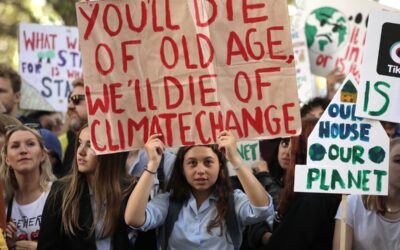Remember Global Business Network, the California-based outfit of former Shell scenario planners that produced the widely-discussed report about abrupt climate change for the Pentagon? Well, they’ve just published a new set of scenarios on energy futures. The report sets out four stories about possible futures:
- ‘The Same Road’, a business as usual scenario in which “the world continues much in the same direction it appears to be going now in regard to energy and environmental concerns around climate change”, i.e. without much happening;
- ‘The Long Road’, in which “the world undergoes a significant shift in economic, geopolitical and energy centers of gravity”;
- ‘The Broken Road’, the story of a future in which “the world continues in much the same direction as today, but is then hit by a severe event that overturns established systems and rules”; and
- ‘The Fast Road’, in which “reasoned decisions and investments about energy and climate risk are made early enough to make a difference”.
It’s a nicely crafted set of scenarios, and it’s worth reading the whole report. But what’s especially noteworthy here is the canny theory of influence underpinning the exercise. For although the work was undertaken by GBN, together with participating companies including Dow Chemical, General Motors, HSBC, Merck, Mittal Steel, PepsiCo, Procter & Gamble, Shell and Toyota, the work was actually commissioned by the US Environmental Protection Agency’s Energy Star program on energy efficiency.
Really smart move by the EPA. For the companies ended up concluding just what EPA must have hoped they would: of the “steps that all business should take now to ensure energy success regardless of the future” [emphasis added], their number one conclusion was:
Master the fundamentals of energy efficiency. Build an energy efficiency culture through executive leadership – appointing an empowered corporate energy director and team, setting aggressive goals, measuring and tracking energy performance…
…you get the picture. What EPA figured out here was that instead of simply hurling reports about the desirability of energy efficiency at said companies, it would make more progress by making them the co-owners of a broader conversation about energy futures: one that drilled right down to their core assumptions about energy, climate change and what sort of future they’d choose if they could. That, of course, provided both a more attractive offer to the participating companies, and a terrific chance for EPA’s energy efficiency staff to put their case. Well played, EPA.



